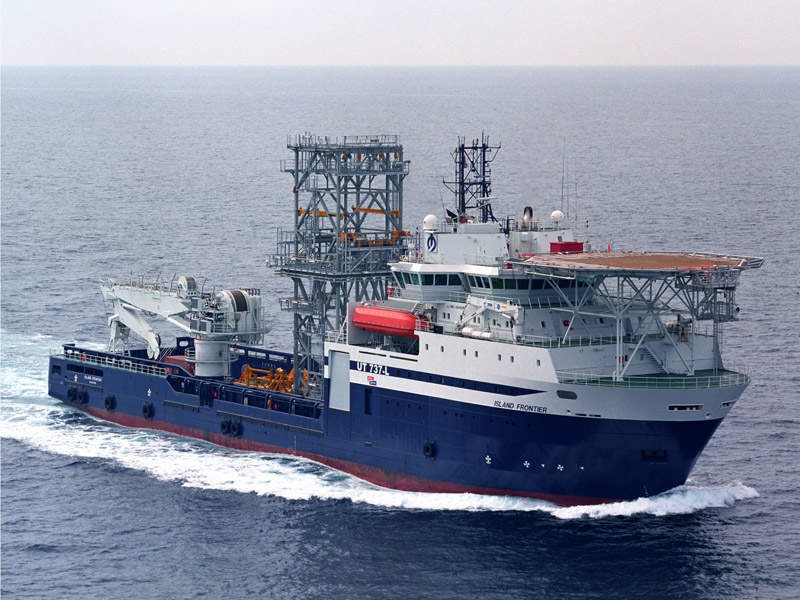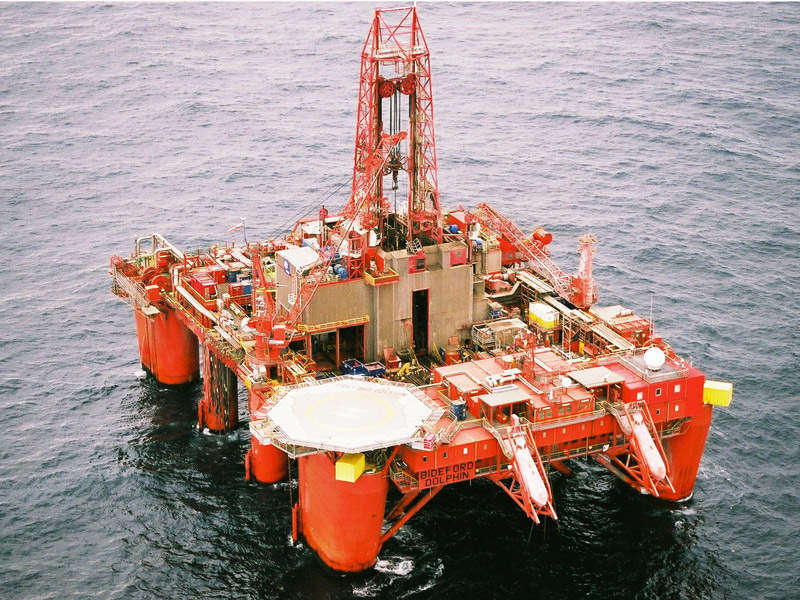The Vega gas and condensate field is located in the northern part of the North Sea and lies in water depths of 370m. It is situated 28km east of Gjøa facility and 80km west of Florø. To the north of the field is the Fram field.
The Vega field comprises three discoveries namely Vega North, Vega Central and Vega South, which were earlier known respectively as Camilla, Belinda and Fram B. The licences of the three discoveries were unitised in January 2011.
Wintershall Norge acquired the Vega field in March 2015 from Statoil and operates it with a 55.6% working interest, while the other partners are Petoro (28.3%), Bayerngas (7.3%), GDF Suez (4.4%) and Idemitsu (4.4%).
The field was developed with an investment of approximately Nkr7.6bn ($1.28bn) and started production in 2010.
The field is currently undergoing well intervention work after receiving approval from the Norwegian Petroleum Authority on 7 April 2016.
Discovery and reservoirs
The Vega North and Vega Central prospects were discovered by Gulf Exploration in 1980 and 1982 respectively, while Vega South was discovered by Mobil in 1987.
Vega North and Central are located in Block 35/8 and lie in production licences 248 and 248B, respectively, whereas Vega South is located in Block 35/11 and is covered by production licence 090C.
The field’s reservoirs have high temperature and pressure and belong to the middle Jurassic Brent group. The low-permeability deposit is estimated to hold 18bn standard cubic metres (scm) of gas, 26m barrels of condensate and 500,000t of natural gas liquids.
Vega North and Central are gas condensate fields, whereas Vega South is a gas condensate field dominated by an oil zone. Production from Vega South is by means of pressure depletion with the underlying gas reservoir providing a natural gas lift for the lighter oil zone.
Vega gas and condensate field development
The Vega field has been developed using three seabed templates in Vega North, Vega Central and Vega South. Gas and condensate produced from the field are transported to Gjøa platform’s processing facility operated by GDF Suez E&P Norway. The field currently has six wells online.
A 51km-long pipeline transfers the gas and condensate to the processing facility. Gas is then sent to the UK via Britain’s Flags system, while the condensate is shipped to be processed at Mongstad. A 55km-long pipeline with a 17in diameter connects to the Troll oil pipeline II from Vega and Gjøa towards Mongstad.
Subsea system of Vega field
The subsea system of the field is designed to withstand high pressure and temperature of 475 bar WH and 135°C. The manifolds use three 9in subsea instrumented pressure protection systems to protect the pipeline from extreme pressure.
The protection systems have been designed to shut down the production in a very short span if the pressure increases the flowline design pressure of 250 bar.
Key players involved
Island Offshore has been contracted to provide two mobile drilling vessels, the Island Frontier and Island Wellserver.
FMC was awarded an engineering, procurement, installation and construction (EPIC) contract to supply underwater equipment and structures including three template structures with six wells, expandable to 12 and 20 respectively, with two additional manifolds.
The subsea structures were installed by using heavy lifts supplied by Heerema. Dolphin Drilling provided its semi-submersible rig Bideford Dolphin for completion and clean-up of the wells.
Subsea 7 was awarded an EPIC contract to lay and connect pipelines and cables, including rigid flowlines, umbilicals, MEG lines and spools. Statoil utilised Fjord base in Florø to store materials for the seabed operations.






